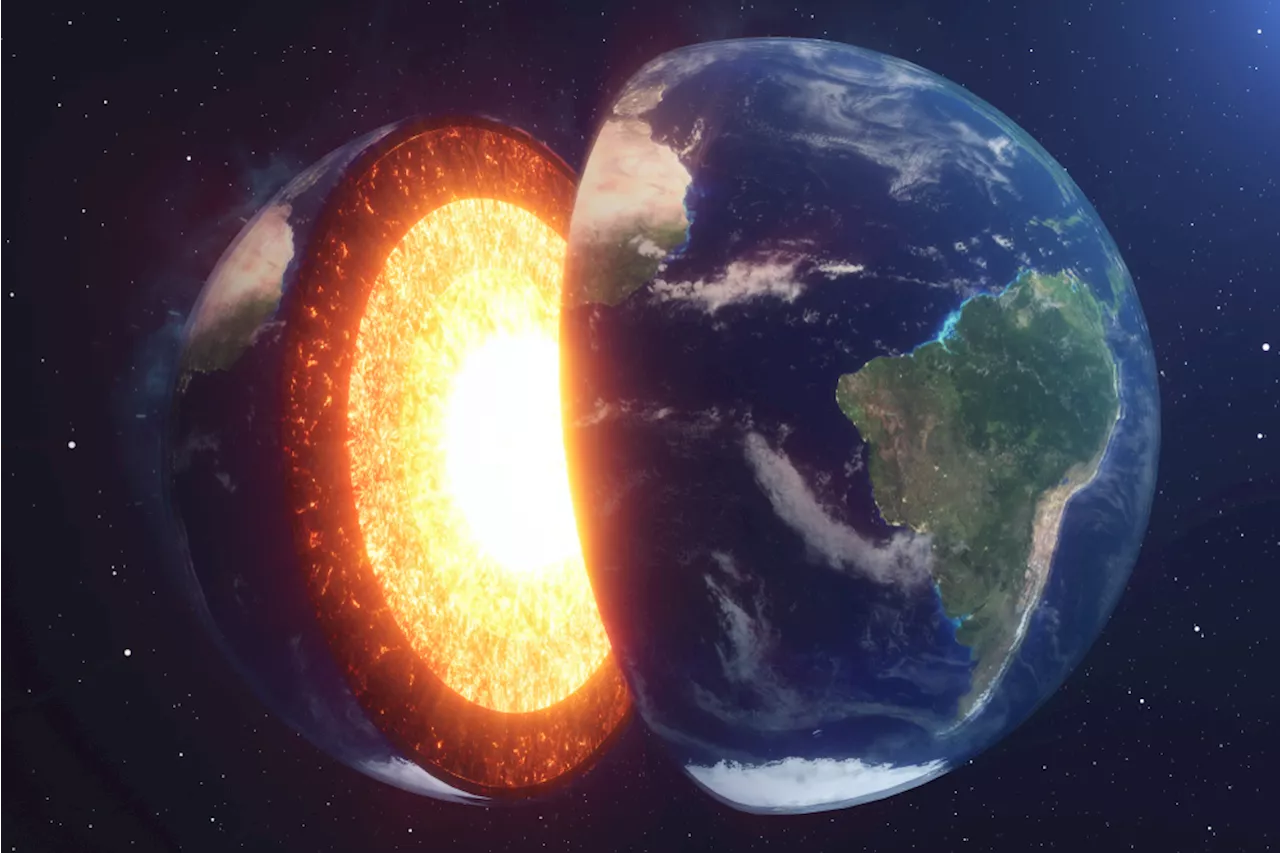Geophysicists have discovered unexpected zones in the Earth's mantle far from tectonic boundaries, challenging conventional geological understanding. These 'sunken worlds' appear as anomalies in seismic wave data, suggesting the presence of materials that shouldn't be there based on current knowledge of plate tectonics. The discovery raises more questions than answers about the composition and dynamics of the Earth's interior.
Geophysicists have found sunken worlds in the Earth’s mantle — the planet’s bulky middle layer — that, according to both earlier imaging and understanding of plate tectonics, simply shouldn’t be there.
Scientists have long recorded seismic waves as they move away from their source, measuring how they are partially absorbed, bounced, or redirected, among other properties. They then calculate backward, to find these waves’ origins. These calculations have always led to tectonic boundaries, where one plate subducts.
Instead of clarifying how tectonic movement shapes the mantle, the study adds confusion and mystery to it. Andreas Fichtner, the ETH researcher who developed the tool, compared its use to medical imaging. Doctors can see certain things with X-rays. But when they add CT or PET scans, they sometimes find additional information.
GEOPHYSICS MANTLE PLATE TECTONICS SEISMIC WAVES EARTH's INTERIOR
United States Latest News, United States Headlines
Similar News:You can also read news stories similar to this one that we have collected from other news sources.
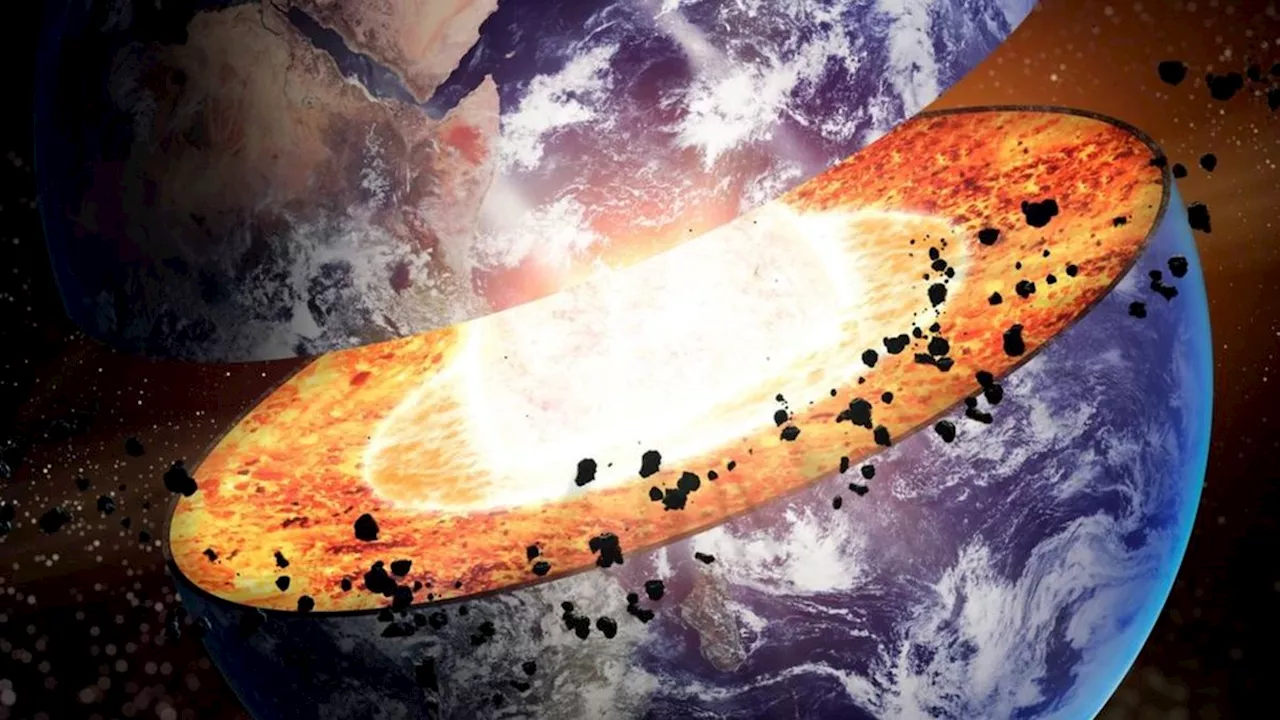 Hidden 'Sunken Worlds' Found Deep Within Earth's MantleScientists have discovered potential fragments of Earth's ancient crust, known as subducted slabs, deep within the mantle using a new, high-resolution seismographic imaging technique.
Hidden 'Sunken Worlds' Found Deep Within Earth's MantleScientists have discovered potential fragments of Earth's ancient crust, known as subducted slabs, deep within the mantle using a new, high-resolution seismographic imaging technique.
Read more »
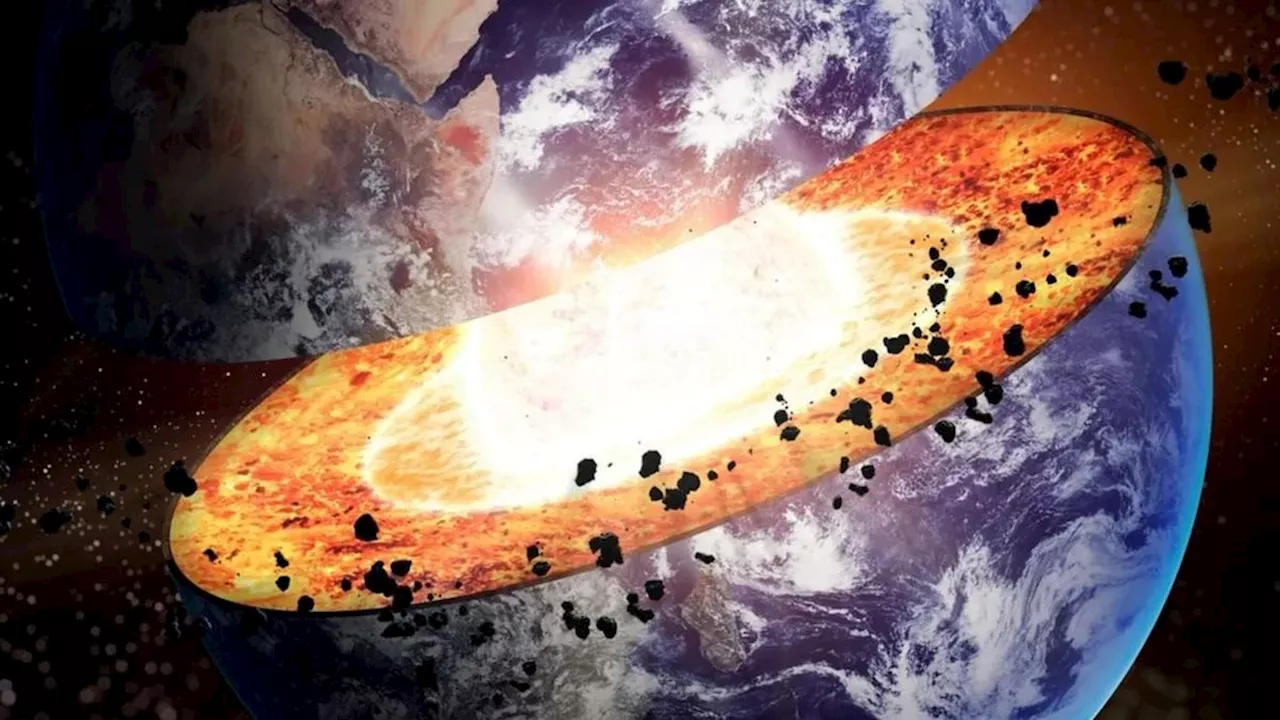 Scientists discover 'sunken worlds' hidden deep within Earth's mantle that shouldn't be thereHarry is a U.K.-based staff writer at Live Science. He studied Marine Biology at the University of Exeter (Penryn campus) and after graduating started his own blog site 'Marine Madness,' which he continues to run with other ocean enthusiasts.
Scientists discover 'sunken worlds' hidden deep within Earth's mantle that shouldn't be thereHarry is a U.K.-based staff writer at Live Science. He studied Marine Biology at the University of Exeter (Penryn campus) and after graduating started his own blog site 'Marine Madness,' which he continues to run with other ocean enthusiasts.
Read more »
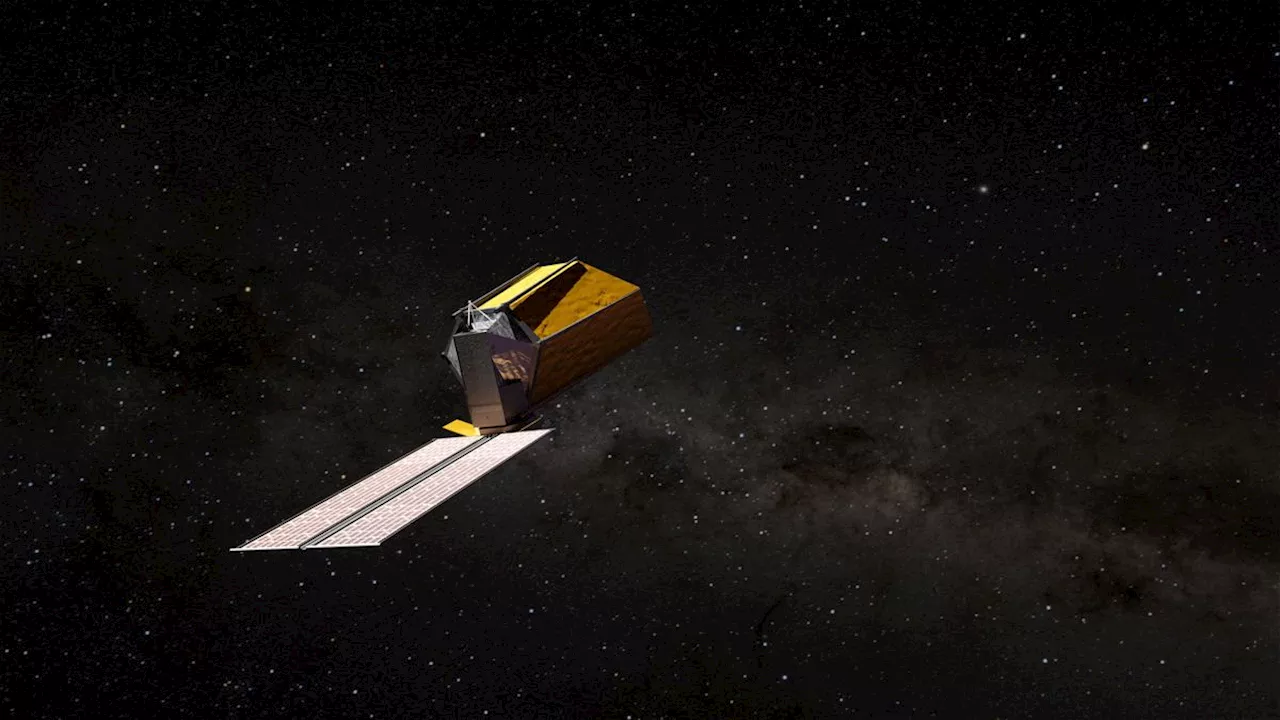 NASA's Habitable Worlds Observatory: A Quest to Find Life Beyond EarthNASA is developing a powerful new space telescope called the Habitable Worlds Observatory (HWO), designed to search for signs of life on distant planets. The observatory will be equipped with cutting-edge technology, including a super-sensitive coronagraph, to detect Earth-sized planets orbiting other stars. Scientists hope that HWO will launch between 2030 and 2040 and will revolutionize our understanding of the prevalence of life in the universe.
NASA's Habitable Worlds Observatory: A Quest to Find Life Beyond EarthNASA is developing a powerful new space telescope called the Habitable Worlds Observatory (HWO), designed to search for signs of life on distant planets. The observatory will be equipped with cutting-edge technology, including a super-sensitive coronagraph, to detect Earth-sized planets orbiting other stars. Scientists hope that HWO will launch between 2030 and 2040 and will revolutionize our understanding of the prevalence of life in the universe.
Read more »
Canada Rare Earth Secures 70% Stake in Laos Rare Earth RefineryCanada Rare Earth announced it has signed a Memorandum of Understanding with a Laotian company to purchase 70% of a fully permitted rare earth refinery. The refinery, with a capacity of 3,000 tonnes per year, was built 12 years ago but has remained idle due to policy changes. The Lao government is now supporting the refinery's operation and encouraging in-country processing of rare earth concentrates. The refinery is expected to be operational in Q4 2025 after minor refurbishments.
Read more »
 Canada Rare Earth to Acquire 70% Stake in Laos Rare Earth RefineryCanada Rare Earth (TSX.V: LL) has signed a memorandum of understanding to purchase 70% of a fully permitted rare earth refinery in Laos. The refinery, with a production capacity of 3,000 tonnes per year, is expected to be operational by Q4 2025 after modest refurbishments. The company aims to secure offtake agreements and investment to support the refinery's operation and ensure a stable supply of key rare earth oxides.
Canada Rare Earth to Acquire 70% Stake in Laos Rare Earth RefineryCanada Rare Earth (TSX.V: LL) has signed a memorandum of understanding to purchase 70% of a fully permitted rare earth refinery in Laos. The refinery, with a production capacity of 3,000 tonnes per year, is expected to be operational by Q4 2025 after modest refurbishments. The company aims to secure offtake agreements and investment to support the refinery's operation and ensure a stable supply of key rare earth oxides.
Read more »
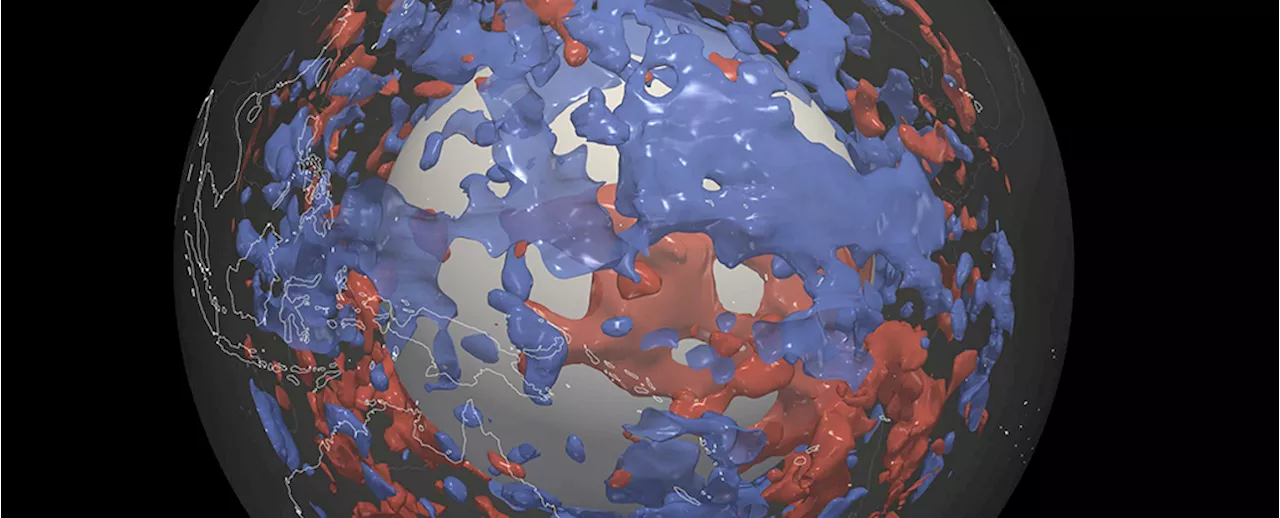 Strange Blobs Found Deep Inside Earth Where No Such Blobs Should ExistThe Best in Science News and Amazing Breakthroughs
Strange Blobs Found Deep Inside Earth Where No Such Blobs Should ExistThe Best in Science News and Amazing Breakthroughs
Read more »
